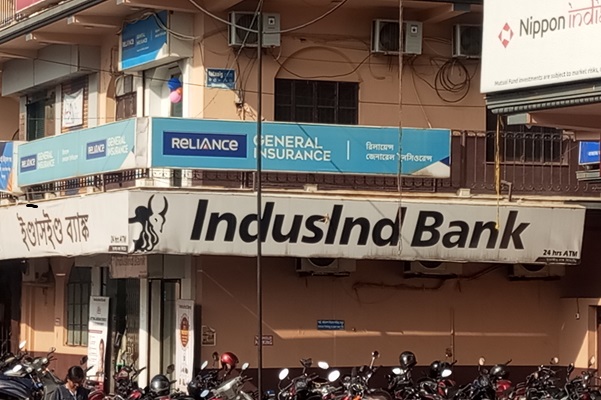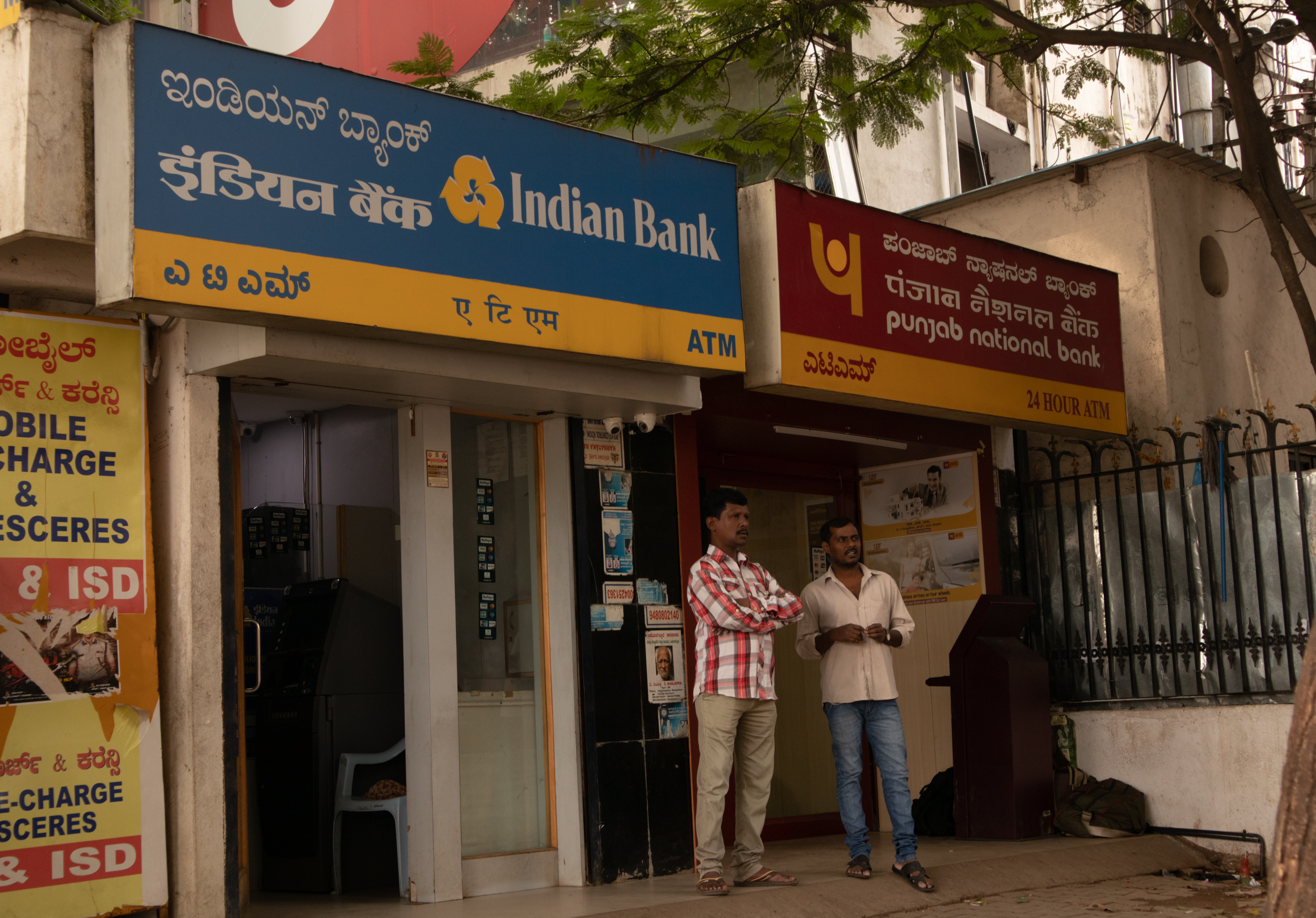.png)

Manoj Rane, who headed treasury at various foreign and domestic banks, was vice chair of FIMMDA and FEDAI. He is now an independent director advising finance firms.
March 18, 2025 at 12:50 PM IST
The accounting discrepancy at IndusInd Bank is more than just a one-off event. It is a stark reminder that risk management in India’s banking sector remains fragile, even after multiple regulatory interventions. While IndusInd Bank* has assured investors that its capital position is strong, the fact that discrepancies in its foreign exchange derivatives book went undetected for years should concern both regulators and markets alike.
The broader question is: what must banks do to prevent such lapses from recurring?
One clear takeaway is that governance structures need urgent reform. Many Indian banks still do not separate trading and balance sheet management functions effectively. In the best-governed financial institutions, the Head of Treasury or Balance Sheet Management reports directly to the CEO, as does the Head of Markets, ensuring a clear distinction between core banking activities and trading operations.
In several Indian banks, these roles remain blurred, creating both structural and ethical conflicts.
The head of the markets business should not have conflicting responsibilities, such as overseeing credit or holding dual executive roles, as was the case in IndusInd Bank. Combining roles creates inherent risks, especially in volatile market conditions.
The lack of strong, independent risk oversight compounds the problem. The Chief Risk Officer should be a central figure in a bank’s hierarchy, ideally reporting directly to the Board rather than being relegated to a middle-office compliance function. Without this, the risk management apparatus is little more than a procedural requirement rather than an active check on risky strategies.
Board Expertise
Beyond operational lapses, the IndusInd Bank episode has reignited a long-standing issue: the composition of bank boards.
Independent directors are supposed to provide oversight, particularly in risk-heavy areas such as trading and treasury management. Yet, in India, most banking boards are filled with retired bureaucrats, former regulators, or professionals with little market experience. While these backgrounds offer value in regulatory navigation, they do not equip directors to challenge complex financial operations or spot red flags in trading books.
The argument that there is a lack of market-savvy professionals willing to take on independent director roles does not hold. India has no shortage of financial experts-—traders, fund managers, and investment bankers--who understand markets deeply. The issue is not supply but willingness. Too often, boards are structured to maintain stability rather than to encourage critical oversight. Ensuring that independent directors have relevant expertise is not just a governance best practice; it is a necessity for safeguarding financial institutions.
The IndusInd Bank case is already prompting broader scrutiny. The Reserve Bank of India is reportedly reviewing derivatives exposures across multiple banks to determine whether this was an isolated incident or part of a larger pattern. That is a step in the right direction, but regulatory oversight alone cannot prevent governance failures. Banks themselves must take responsibility for strengthening internal controls and ensuring their boards are fit for purpose.
Governance Reset
IndusInd Bank has maintained that its financial position remains sound, and the RBI has echoed that sentiment, reassuring depositors and investors.
But markets are clearly unconvinced. The bank’s share price has yet to recover meaningfully, underscoring that investor confidence depends on more than just regulatory assurances—it requires clear, transparent governance reforms.
The ongoing external review may help assign responsibility, but governance is more than identifying past failures. Confidence in any financial institution is shaped not just by capital buffers but also by how swiftly and decisively management acts.
The takeaway for India’s banking sector is clear. Strong capital buffers are essential but not a substitute for strong governance.
Boards must evolve beyond their traditional composition. Risk management functions must be genuinely independent, and structural gaps that enable such lapses must be closed.
This is a defining moment for banking governance in India. The industry must decide whether to treat this as an isolated event—or use it as a catalyst for lasting change.
*Manoj Rane headed IndusInd Bank’s rupee-treasury for six years from its inception. Views are personal.




